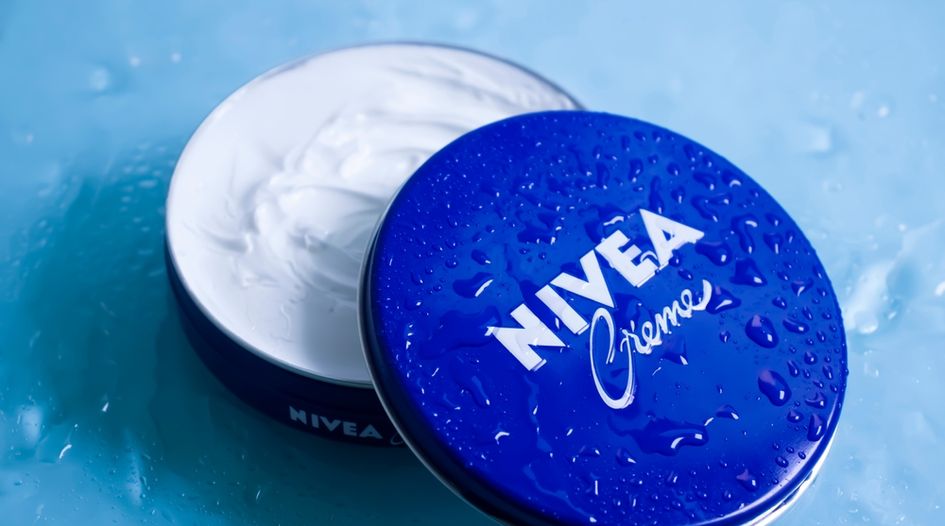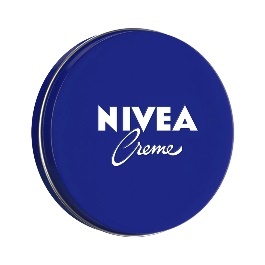NIVEA prevails in trade dress dispute as Delhi High Court cements comparative advertising boundaries

In Beiersdorf v Hindustan Unilever – an infringement spat involving trade dress for cosmetic creams – the Delhi High Court has delved into the world of comparative advertising, disparagement and marketing strategies. Beiersdorf initiated proceedings against Hindustan Unilever (HUL) for trademark infringement, unfair trade practice, disparagement and dilution for using elements similar to Beiersdorf's distinctive NIVEA trade dress (Beiersdorf AG v Hindustan Unilever Limited, CS/COMM, 300/2021).
Case background
NIVEA is one of Beiersdorf’s most popular and recognised brands. Its cream is sold in a flat can of a distinctive blue colour (Pantone 280C) with the branding “NIVEA” printed in white.

In 2021 Beiersdorf came across HUL’s sales representatives comparing a cream in a blue tub – similar to NIVEA's distinctive blue trade dress – with HUL's product 'Ponds Superlight Gel' in shopping centres. The representatives used magnifying glasses to assert that NIVEA's product left behind an oily residue on skin whereas the Ponds cream did not. However, the campaigncompared Beiersdorf’s heavy cream product with HUL’s gel product. Therefore, the comparison was between products in two different categories.
The dispute
Beiersdorf argued that its trade dress, including the distinctive blue colour Pantone 280C, was developed in 1925 and formed part of their Indian registrations 1329991, 2232698, 2856286 and 3263712 in Class 3. While this colour is not protected in India, it was given protection by the German Patent and Trademark Office under registration 30571072 in Class 3. Beiersdorf asserted that its adoption of the colour about one century ago and consistent use of it since has created a strong association between the distinctive Pantone 280C colour tub and the NIVEA brand among consumers.
Beiersdorf supported its argument by conducting a market survey, in which consumers recognised its product in the distinctive blue tub as NIVEA, even when the branding was obscured. Beiersdorf also discussed 10 different instances – both in India and overseas – in which the same or similar disparagement issues arose between HUL and NIVEA’s packaging.
HUL contended that Beiersdorf could not claim exclusive rights over the colour in India without a specific colour trademark registration, arguing that several other moisturisers were also being sold in blue containers. It also defended its comparison by asserting that Ponds was actually less sticky than NIVEA and therefore, its shopping-centre campaign was not disparaging.
However, Beiersdorf contended that comparing products from different categories amounted to disparagement and questioned HUL’s intent behind choosing a blue tub similar to Beiersdorf’s instead of any other colour.
The court’s analysis
The Delhi High Court scrutinised HUL's choice of comparison and mode of advertisement. It highlighted the ambiguity in using an unlabelled blue tub and the limitless potential for disparagement in shopping-centre marketing campaigns.
The court acknowledged the reputation and popularity that Beiersdorf enjoys for its distinctive blue colour Pantone 280C, as well as its emphasis on being a source identifier for NIVEA products. The court also took into account Beiersdorf’s market survey and the fact that HUL had ceased using this colour in 10 other instances. The court agreed that there was no reason why HUL had to choose a similar blue tub to promote its product, except perhaps to to point towards Beiersdorf’s rival offering.
With regard to HUL’s defence, the court held that a comparison should be between similar products. HUL chose to compare their lightest product to Beiersdorf’s heaviest product, which the court noted to be inherently misleading. The court observed that the comparison should be with another identified product, not with an abstract or unidentified product. HUL did not categorise the product as it used an unlabelled distinctive blue colour tub for the cream, leaving the consumer without any information as to its consistency.
The court further held that advertising law extends to shopping-centre campaigns, since they are a method of promotion. The court also pointed out that in a print or digital ad, the assessment is limited to what is seen or heard, whereas in a shopping-centre marketing campaign, the possibilities of imputation, aspersion, implication or overstatement – leading to even a slight disparagement – would be limitless. The marketing executives’ body language, gestures, conversations or suggestive indications would also animate the promotional interaction. Therefore, there is less material available for the court to consider and the threshold for considering the impugned activity to be misleading or disparaging would have to be lowered.
In light of these findings, the court ruled in favour of Beiersdorf, highlighting the importance of truthful advertising and protection against unfair trade practices.
Key takeaways
This case serves as a crucial reminder of the boundaries that businesses must operate within when engaging in comparative advertising. It also highlights the judiciary's role in safeguarding consumer interests and maintaining fair market practices. As businesses navigate a competitive landscape, adherence to ethical advertising standards remain paramount to foster trust and fairness in the marketplace.
WTR recommends
Blow for Johnson & Johnson in trade dress dispute
Registrar considers resemblance in trade dress or get-up as ground for opposition
Chanel loses opposition against COCOBABY
This is an Insight article, written by a selected partner as part of WTR's co-published content. Read more on Insight
Copyright © Law Business ResearchCompany Number: 03281866 VAT: GB 160 7529 10